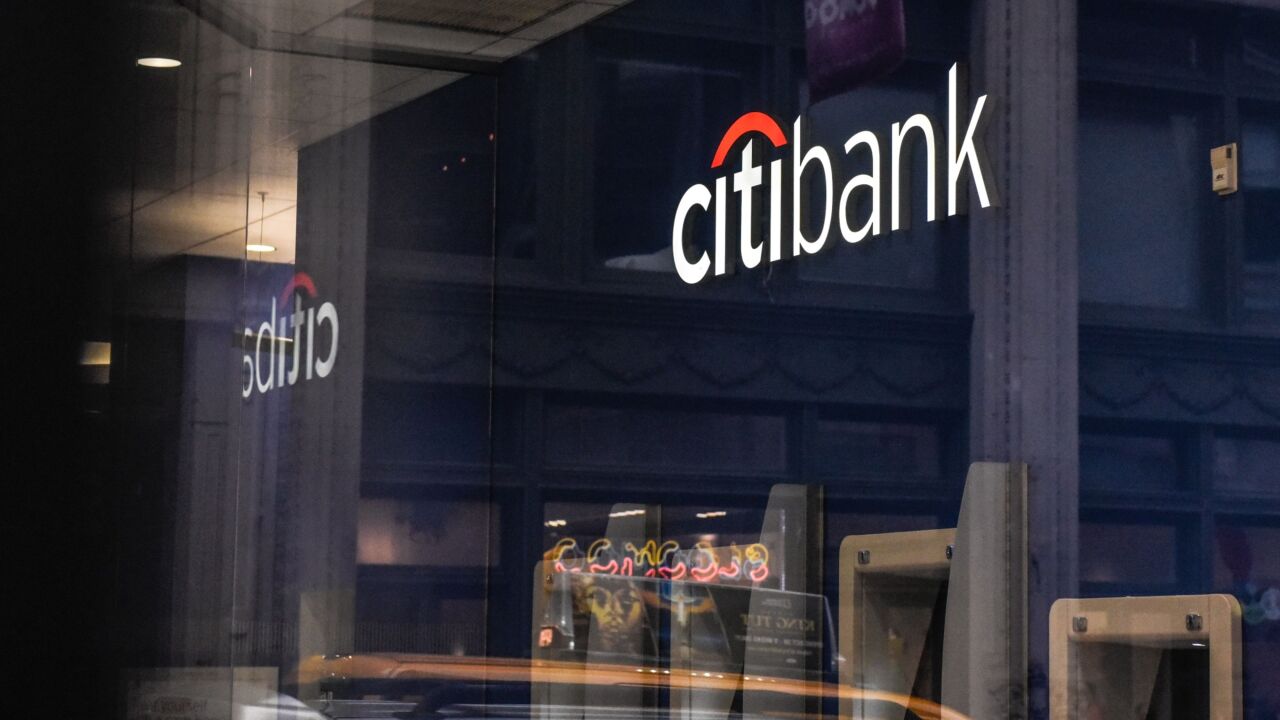
Flushing Financial in New York cleared the proverbial decks in the fourth quarter, selling $445 million of low-yielding securities and moving nearly $74 million of loans to held-for-sale status.
The moves, among several made by Flushing in the final months of a challenging 2024 marked by lingering inflation and high interest rates, resulted in a $76 million pretax loss that overshadowed the bank's revenue.
The strategic decisions had a two-pronged effect: The $9 billion-asset bank posted a $49.2 million fourth-quarter loss, but the near-term pain also set the stage for stronger profitability in the year ahead, Flushing President and CEO John Buran told American Banker.
"This put us in a much better situation for 2025," Buran said.
It was a noisy quarter for many community banks as they followed a similar path as Flushing, taking losses to clean up their balance sheets for the new year.
Midland States Bancorp in Effingham, Illinois, reported a $54.8 million quarterly loss after recording a $50.7 million loan-loss provision. That hit was tied to the sale of its LendingPoint consumer loan portfolio and a plan to sell almost all of its Greensky portfolio in the current quarter amid credit-quality challenges that sent charge-offs higher.
"Improving credit quality is our number-one priority, and in the fourth quarter we took significant steps to reduce credit risk and address our underlying credit issues," Jeffrey Ludwig, the $7.5 billion-asset company's president and CEO, said in its earnings release.
"During the quarter, we made the difficult decision to exit our noncore consumer portfolio and charge off deteriorating credits," Ludwig said. "Our team also reviewed our credit risk appetite profile and tightened standards going forward."
Some other banks also sold off loans or underperforming units. But sales of low-yielding securities proved to be the most common move.
Securities selloff
Securities yields climbed following the sharp increase in interest rates during 2022 and 2023, when the Federal Reserve
Cases in point:
- Hauppauge, New York-based Dime Community Bancshares took a loss on the sale of $379 million of debt securities during the fourth quarter. Those securities had a weighted average yield of 1.20%, and the
$13.7 billion-asset company reinvested all of the proceeds into a new batch of debt securities with a weighted average yield of 5.08%. - First Hawaiian in Honolulu
disclosed the sale of $293 million of securities at a loss. Those holdings carried a weighted average yield of 1.92%. First Hawaiian reinvested the proceeds in an equivalent amount of securities yielding just over 5%. - The $12.1 billion-asset First Bancorp in Southern Pines, North Carolina, reported selling $280 million of securities in November at a $36.8 million loss. But it then invested $495 million in higher-yielding securities.
At Flushing, the proceeds from its sales of securities, which were yielding less than 2%, were used to buy $384 million of securities yielding nearly 5.7%. The bank also raised $70 million of common capital, and it prepaid $251 million of Federal Home Loan Bank advances, replacing that more expensive funding with lower-cost sources.
The changes bolstered the bank's net interest margin, which rose 29 basis points from the prior quarter to 2.39% during the fourth quarter. Flushing expects another 10-15-basis-point improvement in the current quarter.
For community banks, net interest margin growth often translates into stronger net interest income and, by extension, bottom-line improvement.
"We're now in good shape," Buran said.
Growth Ahead?
Interest rates remain high, but the Fed did cut its benchmark rate three times in the second half of 2024.
Should rates decline further, it would signal the Fed has confidence in the health of the economy and result in lower borrowing costs. This "should lead to improved loan demand," said John Mackerey, a Morningstar DBRS analyst.
BOK Financial CEO Stacy Kymes agreed, though he did so with some caution.
Kymes told American Banker that getting past the presidential election provided a dose of certainty on tax and regulatory policy. He said President Trump's calls for deregulation and the potential for lower compliance costs this year were bullish catalysts for banks. The industry faced relatively high regulatory scrutiny during the Biden administration.
"I welcome a change in regulatory approach," Kymes said.
The expectation that Congress this year will renew tax cuts enacted during the first Trump administration is giving commercial borrowers added confidence, Kymes said. "We're optimistic about loan growth in 2025," he said.
All of that noted, Kymes also said that, from his perch atop the $49.7 billion-asset bank based in Tulsa, Oklahoma, inflation remains elevated. Trump's calls this week for new tariffs on China, Canada and Mexico could reignite inflationary concerns and prevent the Fed from cutting rates further.
"Geopolitical risks are greater than they've been in a long time," Kymes said.
Still, he said, regional and community banks are generally more confident this year.
Against that backdrop, analysts expect banks to invest more in talent, technology and, in some cases, new branches to help drive loan growth this year.
Flushing in New York, for one, plans to open two new branches in Queens to attract more of the growing Asian-American market there.
Roughly a third of Flushing's branches are already in markets with substantial Asian communities, and Asian customers accounted for about 18% of the company's total deposits. But Flushing only had about 3% of total market share among Asian customers in its New York footprint, leaving open a long path for potential growth, Buran said. With new deposit customers often come loans, he said.
"It's a huge, huge market opportunity," Buran said. "This is a population that keeps on growing, helped by immigration patterns, yes, but also by a high degree of entrepreneurship."





